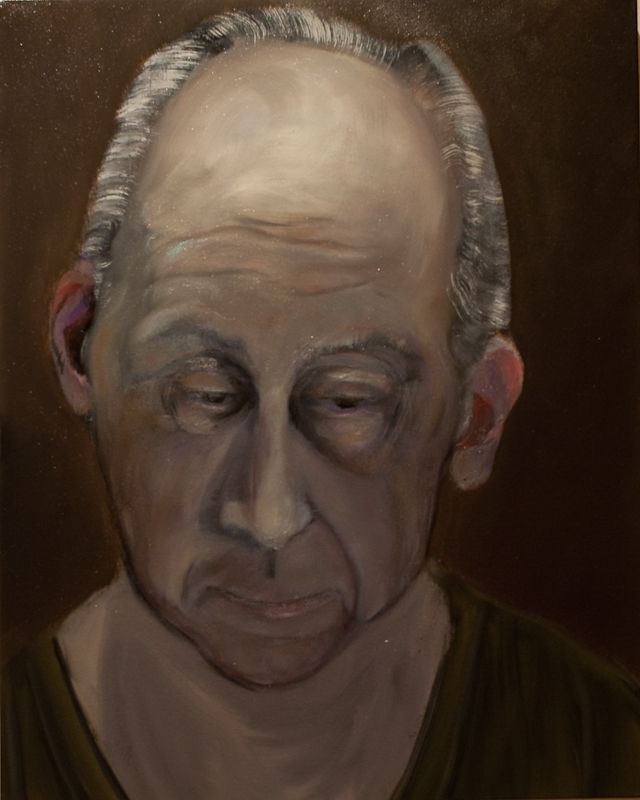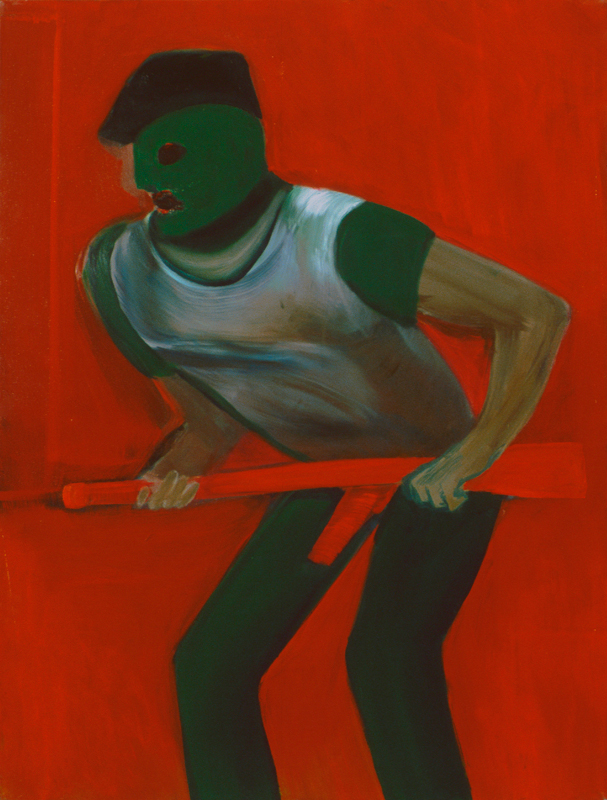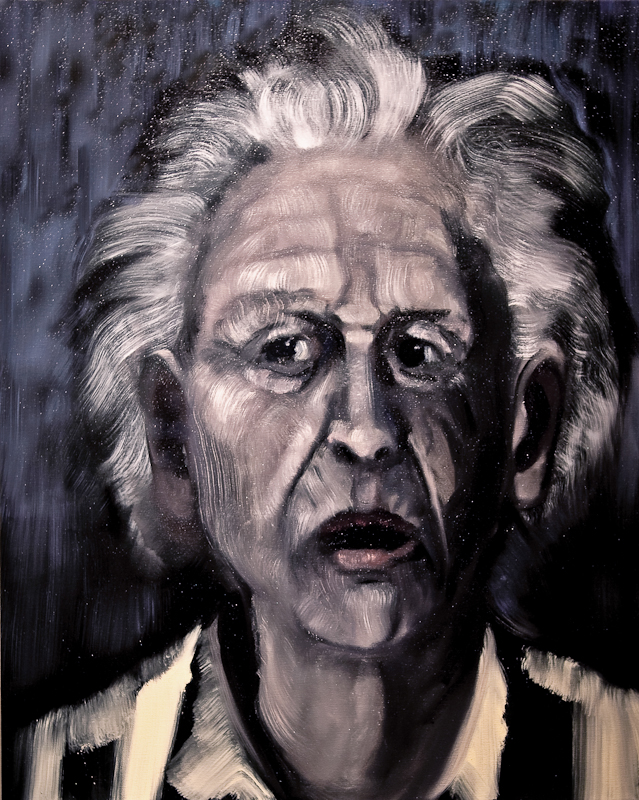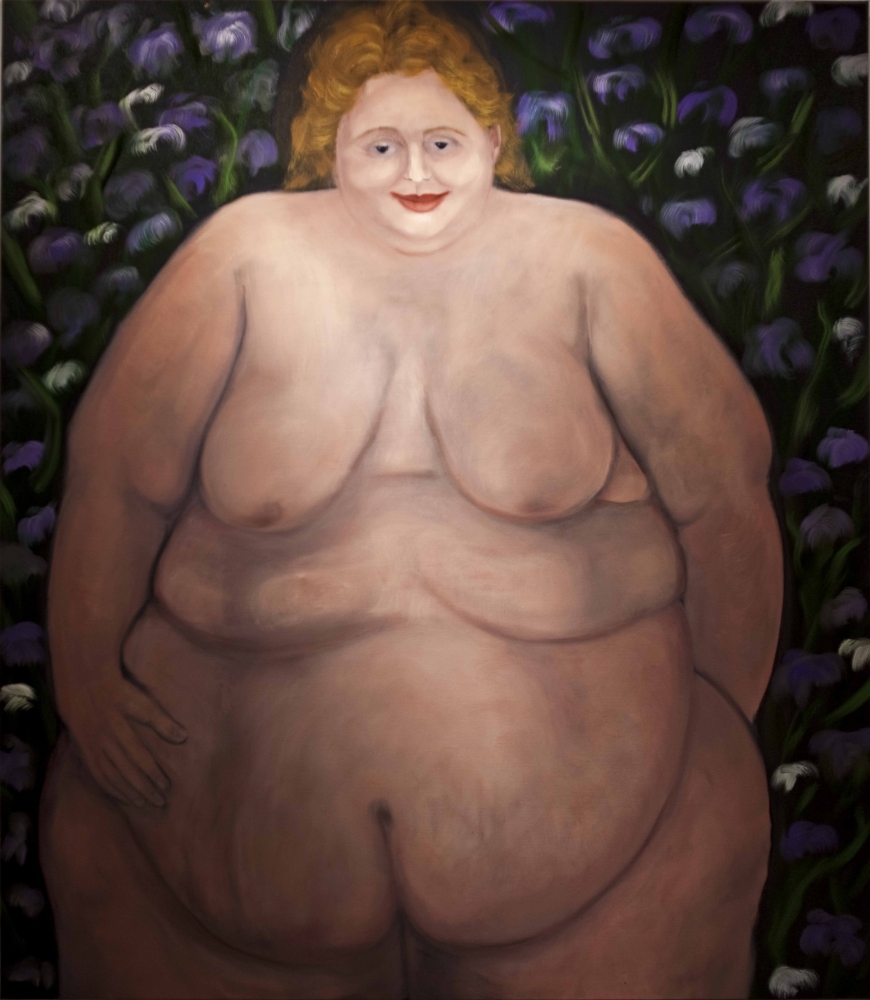
Barnett Suskind is a scientist, turned musician, turned art historian, then teacher, back to scientist, longtime business man, and now artist – eager and ready to take on the art world.
Based out of Mana Contemporary in Jersey City, his studio is divided into both a work space and a bright gallery. Suskind is an inspiringly incisive human being (slightly reminiscent of the wise old Mr. Owl), born and raised in New York City. Finally slowing down on his many different life-pursuits, Suskind is putting all of his efforts into his longtime love and passion; his art. Life experience is an artist’s most valuable weapon, and for Barnett Suskind his life was never the same after the rainy summer of 1969.
Q: When did you decide to start creating art?
Suskind: It all came about when I was a silly young married person, we hired an interior designer that said we needed a sculpture in our home. Fortunately, we had a little money and we went to buy a sculpture. After a single day of looking we couldn’t find anything that we liked so I looked to my wife and said I could do stuff better than that. And she said, ‘well why don’t you?’
I didn’t have any idea what the hell I was doing, but I set [the clay] up on my kitchen table and I had this experience that was transcendent. I lost time, I lost space, and the only thing that was relevant to me was the piece I was working on. When I finished I realized I couldn’t stop here. Fortunately for me it rained every weekend that summer, so I had time to continue exploring.
Q: Has your work with sculpture influenced your painting?
Suskind: The paintings you see in the gallery area here are all an evolution from sculpture to color field painting, to abstract painting, to figurative painting. You learn from everything that you do. What ended up happening is the figures in my paintings provided structure and the structure eliminated the chaos.
Q: What kind of chaos?
Suskind: When you work on a pallet you make marks. These marks are incidental, unintended marks, very much like the early abstraction [paintings]. When I looked at the pallets separate from the work it occurred to me that within there, there was absolute pure art.
Ninety percent of my paintings are imagined faces. I use the face as a vehicle for communication. It’s the thing that we’re wired to see, which allows us to have facial recognition. I took that as a starting point for these abstracts. The difference is now I start with chaos, and out of chaos I try to find something that’s unified.

Q: As an art historian you must have some artists in mind who influence your work?
Suskind: Oh I find inspiration from everyone! De Kooning, Diebenkorn, Rothko, Motherwell – I love Motherwell, I love the audacity of him. When you see their paintings there is always something new. They have captured this kind of chaos and expressed it in a way that although is abstract, it also has motive.
Q: Is this how you go about your abstract paintings?
Suskind: Art works if it communicates. This is the issue with abstraction – if we’ve removed imagery, how do we relate? How do we achieve that communication? It’s a question I’ve dealt with for years. What ultimately occurred to me is that the most profound thing an artist can achieve is to know themselves. In my belief, authentic self is only possible through the removal of intent. Because once you have intent you’ve changed it, you’ve bastardized it.
Q: So if you’re removing all intent, are you putting any personal emotions or political beliefs into your own work?
Suskind: I do political paintings but they’re not abstract.

Q: Like your nudes?
Suskind: Yes, all my nudes are political. Take Ms. America for example (above). It’s who we are. It’s who we’ve become.
They are a reflection of the time, of who we are, how we perceive ourselves, the unforgiving media pressure for women to feel like they need to look a particular way to define beauty within exceedingly narrow boundaries and I decided that’s not true.
This was a new experience for me. I started thinking about the idea of large nudes and realized, ‘wow this is the antithesis of what we’re taught.’ Then I explored it and recognized the political and aesthetic components. And let me tell you something, as I created this series my whole perception of female beauty changed.
Q: What do you mean? Your taste in women has changed?
Suskind: When I started this I expected to be painting large nudes, right? They’re gonna be unhappy, they’re gonna be discontent, they’re gonna be dissatisfied, embarrassed, and shy. They came out and they said no, we’re big, we’re proud, we’re beautiful. That’s how I painted them. In fact even if I wanted to make them different, I couldn’t. It was almost as if I was being dictated how to paint.
I think a lot of it revolves around the notion that beauty is not linear. Beauty is not described or circumscribed by a set of laws.
Q: Are you going to continue with the nudes or the abstract works, or both?
Suskind: One of the conflicts I have had, and continue to have, is that I do both. The experience is a journey and if you know where the journey is going, do you really want to do it? When I paint I start with a blank canvas and I mean that literally and figuratively. It’s an emotional blank canvas. The difference is so profound when you have removed all structure and now have this whole panoply of opportunity in front of you.
Here’s the major difference between the abstraction and the figurative – In the figurative, you make marks with an end goal, you know you want to depict an image, and it has to have certain constraints. In abstraction, when you make marks you try to be as authentic as you can in making those marks and then those marks allow you to respond the them and you respond and respond and respond, and it becomes a dialogue. And ultimately it says, I’m done.
I’ve always said “Without the wind the trees are silent, without the rhythm the painting is silent.”
Q: Wait, so when do you know you’re done? When it’s silent?
Suskind: It’s a visual and visceral experience. I can do it and I’m doing it and I’m present – and then I’m not… I’m observing it, thinking. I’ll say I think it’s finished and I’ll step back and see if I agree with myself.






Suskind’s work has been recognized by galleries but he is currently seeking representation. He has recently been introduced to Instagram where you can see his abstracts, portraits, and nudes. Although looking through a phone or computer will not compare to viewing his vast paintings in person, you can see a majority of his works on his official website.






